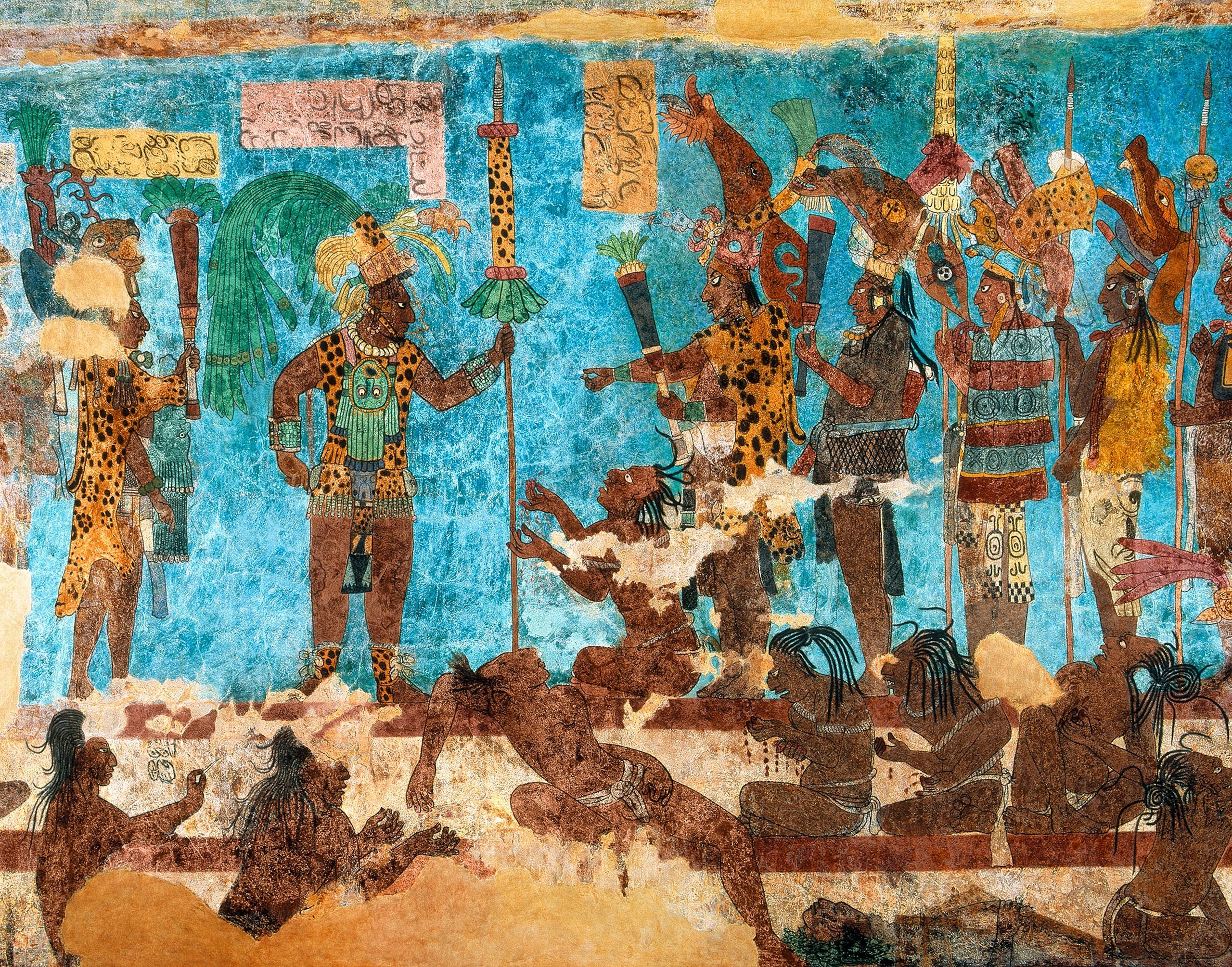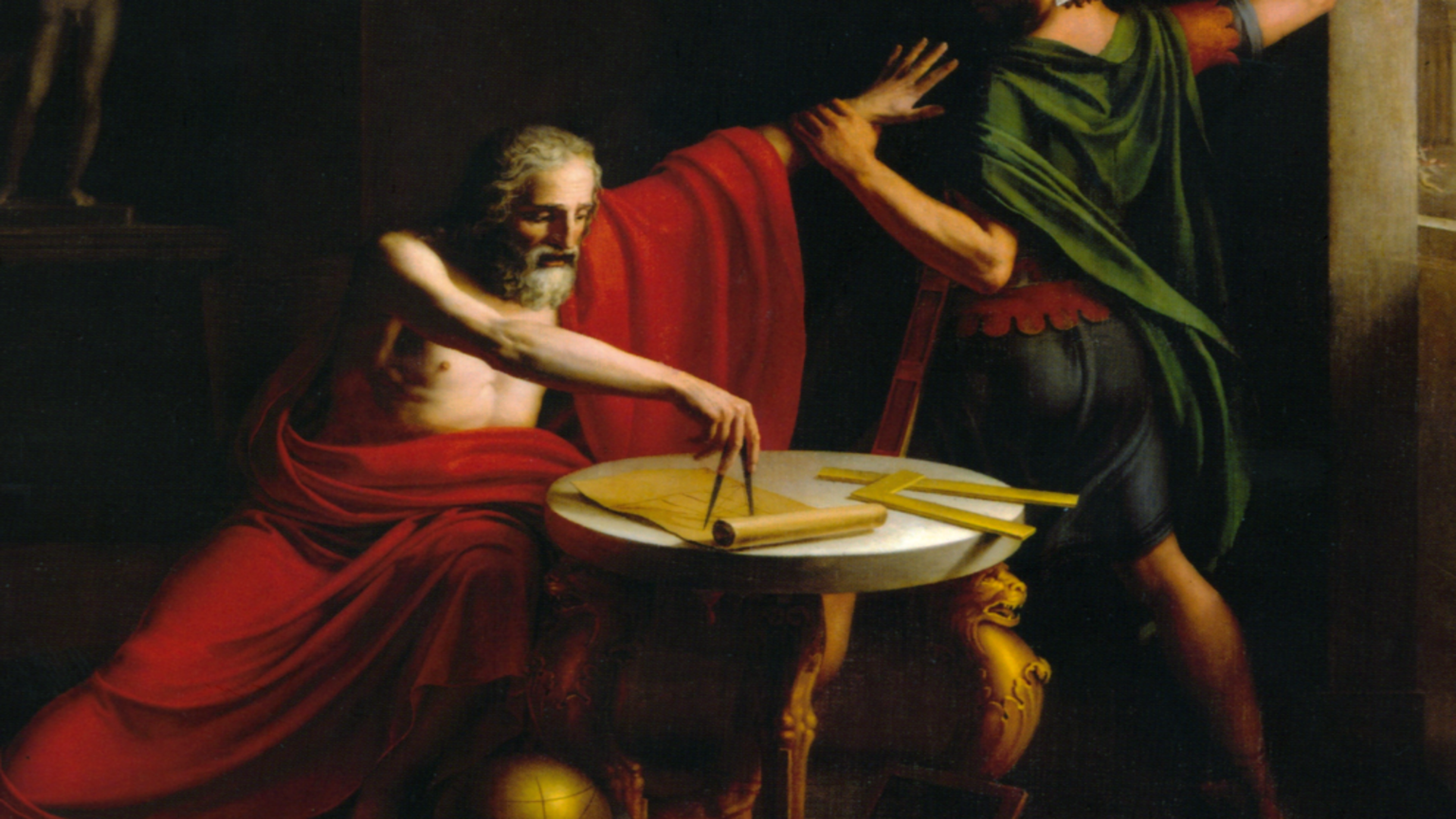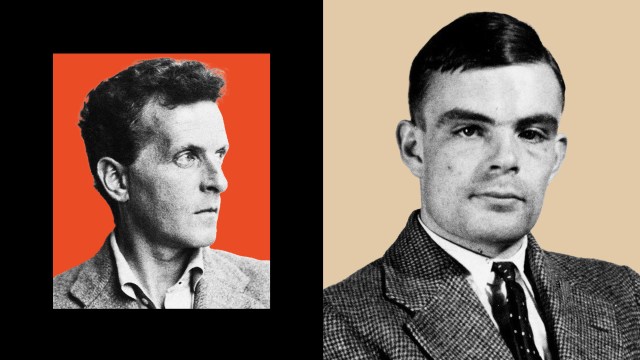“Phantom time hypothesis”: Did a power-hungry pope fabricate centuries of history?

- According to the "phantom time hypothesis," the years 614 to 911 A.D. never happened.
- They were allegedly fabricated by Pope Sylvester II and Holy Roman Emperor Otto III to give their reigns religious significance.
- While historians should always be skeptical about the past, the phantom time hypothesis is more conspiracy theory than scholarship.
As the editor-in-chief of the online magazine The Public Medievalist and research specialist at the Smithsonian Institution, Paul Sturtevant often holds public talks about medieval Europe. In an article, he said his favorite part of these talks is answering interesting questions from the audience. Usually, he has an answer ready before the speaker can finish their train of thought, but one question took him by surprise.
During a lecture on pop-culture representations of the legendary English outlaw Robin Hood, a “perfectly normal-seeming man” with a “twinkle in his eye” stood up and asked: “What if it’s all a lie?” The man, Sturtevant explained, turned out to be an adherent of the “phantom time hypothesis,” a pseudo-historical conspiracy theory that claims the years 614 to 911 A.D. never happened and that every single historical artifact dated from this period is a lie.
The origins of phantom time
The phantom time hypothesis is the brainchild of Heribert Illig, a German publisher and amateur historian who gained attention following the publication of his controversial 1996 bestseller Das erfundene Mittelalter: Die grösste Zeitfälschung der Geschichte, which translates to The Invented Middle Ages: The Greatest Time-Falsification in History.
During his investigation, Illig compared the dating of the Julian calendar (implemented by Julius Caesar in 45 B.C.) to that of the currently used Gregorian calendar (introduced by Pope Gregory XIII in 1582 A.D.). He claims that, by his calculations, some 297 years appear to be missing.
But Illig doesn’t stop there. He then argues that these missing years were secretly added as part of a plot hatched by Pope Sylvester II and Holy Roman Emperor Otto III. Living during the 8th century A.D., these medieval elites allegedly wanted to speed up time so that their respective reigns would correspond with the year 1000: exactly one millennium after the birth of Jesus Christ.

To hide their tinkering from future generations, Otto and Sylvester employed scribes to create and copy medieval manuscripts detailing fictitious events and individuals. After being distributed to monasteries and libraries across Europe, these manuscripts would be mistaken for actual history. Among their fabrications, Illig asserts, were such famous historical figures as Charlemagne, King of the Franks and the so-called “Founder of Europe,” and Alfred the Great, the King of England who drove off the Vikings.
Illig isn’t the only writer to call the Middle Ages an invention, though. His Eurocentric version of the phantom time hypothesis exists alongside a Russocentric one. Propagated by Moscow State University mathematics professor Anatoly Fomenko, it posits that classical Greece, imperial Rome, dynastic China, pharaonic Egypt, and other ancient societies actually existed during the Middle Ages, and that civilization didn’t get going until 800 A.D.
Fomenko’s adjusted calendar creates an equally warped version of the past, one in which the New Testament was written before the Old, the Trojan War and the Crusades were the same conflict, and Genghis Khan and Attila the Hun were the same person.
Debunking the hypothesis
Like most lies, the phantom time hypothesis contains a small kernel of truth. For instance, the vast majority of early medieval manuscripts are copies of lost originals, casting doubt on some of their exact details. It’s also true that the European calendar has been revised on multiple occasions, with many a mathematically inclined monk tramping through a theological minefield to find the appropriate dates for Christmas, Easter, and other religious holidays. Finally, it’s true that much of history, particularly ancient and medieval history, was written by victors. All historical accounts must be studied with a healthy dose of scrutiny and skepticism, calendars included.
But the phantom time hypothesis falls apart the moment you take a closer look. While the European continent may not have many original manuscripts from the early Middle Ages, documents and artifacts from Asia, Africa, Australasia, and the Americas provide overwhelming proof that these missing centuries did indeed happen.
Evidence of the missing centuries can also be found in nature. Tree rings chronicle the passage of time, and ancient and medieval documentations of astronomical events like solar eclipses show that their observers lived in different periods.

Discussing why the phantom time hypothesis was created, and why it remains so appealing to many non-academics, historian and editor of Perspectives on History Leland R. Grigoli turns to politics and ideology. Just as the German hypothesis refuses to acknowledge a period when European society stagnated while others flourished, so does its Russian counterpart assert that the history of civilization began with the birth of Russia’s parent state, the fiefdom of Kievan Rus’.
“The [phantom time hypothesis],” Grigoli writes, “is also a product of some very long-lived ghosts which continue to haunt medieval studies. It is based, for example, in a myopic, nationalist Eurocentrism that has long defined the field, one which forgets (or does not believe) that there is any premodern history outside of Europe.”
Scholarship versus conspiracy
The phantom time hypothesis is a conspiracy theory posing as serious scholarship. While it can raise interesting questions — “In a pre-modern age,” asks Sturtevant, “could it have been possible for humanity to just forget a day? A month? A year?” — the hypothesis quickly spirals out into yet another paranoid fever dream about the shadowy elite who control and alter reality behind the backs of their constituents.
Despite its sheer implausibility, the hypothesis has proven difficult to refute. This is partly because conspiracy theories are more emotional than logical; belief in the three missing centuries can hardly be dispelled through facts because it is based, first and foremost, on a deeply rooted mistrust of authority.
Then there’s the nature of the phantom time hypothesis itself. As journalist Rex Sorgatz notes in his book The Encyclopedia of Misinformation, “Every bit of counter-evidence (astronomical records, archaeological remains, carbon dating, etc., etc., etc.) offers a new plot from a crypto-historian. Each historical refutation requires another for its support, leaving an entire chronological framework susceptible to implosion. No matter how convinced you are that Charlemagne existed, can you prove it?”
A valid point. But then again, can you prove he didn’t?





